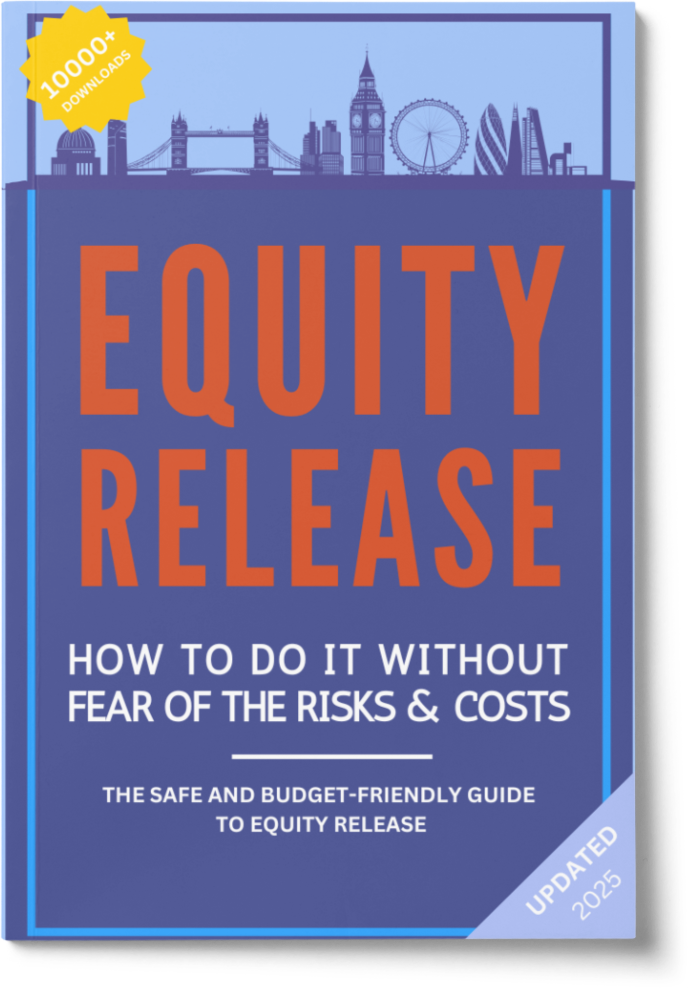Safe Home Income Plans for 2025: Protect Your Investment

SovereignBoss adheres to a stringent code of editorial guidelines, but some articles may feature partner references. Here is an explanation for how we make money.
Key Takeaways...
- Safe Home Income Plans (SHIPs) in the UK are a type of equity release scheme that allows homeowners aged 55 and over to access the value tied up in their property without having to sell it.
- They work by allowing you to borrow a portion of your home’s value, with the loan plus interest being repaid when the house is sold, usually upon death or moving into long-term care.
- The benefits include access to tax-free cash without having to move out of your home, no negative equity guarantee, and the freedom to spend the money as you wish.
- Now governed by the Equity Release Council’s standards, these are generally considered safe, but the risk lies in the potential reduction of your estate’s value and the effect it may have on your entitlement to means-tested benefits.
- To apply, you should approach a reputable advisor who can guide you through the process, ensuring you understand all the implications and choose the most suitable plan for your circumstances.
It is crucial to understand equity release terms if your are looking to confidently unlock funds, such as what Safe Home Income Plans are.
If you do not, you could may be taken advantage of by dubious lenders.
In This Article, You Will Discover:
As a leading equity release information hub, our team spends countless hours researching all the latest market updates and product news.
Eager to know what a Safe Home Income Plan (SHIP) is?
Therefore:
SHIP Explained
To explain SHIP, it is the old name of the now-active Equity Release Council.
Formed in 1991, it is the original name for the governing body created to protect the once disreputable equity release industry.
In 2012, the name changed to the Equity Release Council.1
SHIP's Role in Establishing Industry Standards
SHIP played a crucial role in laying the foundation for the modern equity release market by introducing essential industry standards.
These standards were designed to protect consumers from the risky and often predatory practices that were prevalent before SHIP's formation.
SHIP's guidelines ensured that equity release products were safer, more transparent, and more consumer-friendly.
These early standards set by SHIP, such as clear communication of terms and the introduction of safeguards like the no negative equity guarantee, became the cornerstone of the equity release market and are still in place today under the Equity Release Council.
The Pressing Need for Home Income Plans
The pressing need for home income plans prompted the organisation to be formed.
Before SHIP, the equity release market was fraught with poor practices, leaving many elderly homeowners with crippling debt.
In addition to preventing fraud, the body was developed in response to so-called pensioner ‘investment’ schemes in the late 1980s.
These risky schemes were structured so that equity was released from the property through a mortgage2, and the capital was then reinvested into a bond or a similar investment.
This was initially intended to provide sufficient income to pay the mortgage and give the investor additional income.
In principle, it could work if investment returns are high and interest rates low.
If you want to see the latest equity release rates, you can view them here.
When the equity release market slowed down and interest rates increased, investors suffered on several fronts.
These were mainly:
- The value of their investment plummeted.
- The same happened to their investment income.
- Mortgage repayments increased drastically.
- The property value dropped, causing negative equity.3
- In the worst cases, homes were repossessed, and many were left owing more than the value of their property.
Fortunately, these schemes were banned in 1990.
The Transition from SHIP to the Equity Release Council: What Changed?
When SHIP rebranded as the Equity Release Council in 2012, the organization expanded its scope and strengthened its commitment to consumer protection.
The rebranding marked a significant shift in focus, with the Council not only continuing SHIP's work but also introducing new regulations to adapt to the evolving financial landscape.
The Equity Release Council now oversees a broader range of equity release products and ensures that all member providers adhere to its rigorous standards.
This transition also saw the Council take a more active role in educating consumers and promoting best practices within the industry.
Recapping the Role of the Equity Release Council
The role of the Equity Release Council is to protect all clients who release equity through a lender who holds a membership.
Our recommendation is never release equity through a plan provider that is not registered with the Council.
Some of the main functions of the ERC:
- To ensure you may remain in the property for life until you pass away.
- To ensure no confusion occurs, you must be offered clear, concise paperwork that includes all setup bills and residence value changes, and answers the question of how does equity release work on your house.
- To ensure your representative preference steers any legal work. You then sign a certificate stating that the plan has been clarified and that you comprehend the risks.
- You can move your plan to another property without penalties.
- An Equity Release Certificate defines the cost of your asset and estate.
- Equity release carries a ‘no negative equity guarantee.4
Key Milestones in SHIP's History
Throughout its history, SHIP achieved several key milestones that have had a lasting impact on the equity release market.
One of the most significant milestones was the introduction of the no negative equity guarantee, which provided consumers with the assurance that they would never owe more than the value of their home.
Another milestone was the development of comprehensive standards for product transparency, ensuring that homeowners fully understood the terms and conditions of their equity release plans.
These milestones not only helped to restore confidence in equity release products but also paved the way for the industry's growth and evolution under the Equity Release Council.
Common Questions
What Are Safe Home Income Plans in the UK?
How Do Safe Home Income Plans Work?
What Are the Benefits of Safe Home Income Plans?
Are Safe Home Income Plans Risky?
How Can I Apply for a Safe Home Income Plan?
In Conclusion
While they are no longer known as Safe Home Income Plans, the ERC still very much exists and plays an active role in protecting homeowners across the UK.
Now more than ever, equity release is a safe solution to unlocking funds for your retirement.
Safe Home Income Plans, or the Equity Release Council as it is now known, ensures that you and your assets are secure.
WAIT! Before You Start…
Equity Release Calculator
How Much Equity Can You Release?
Spotted a Mistake? Let us know here.




